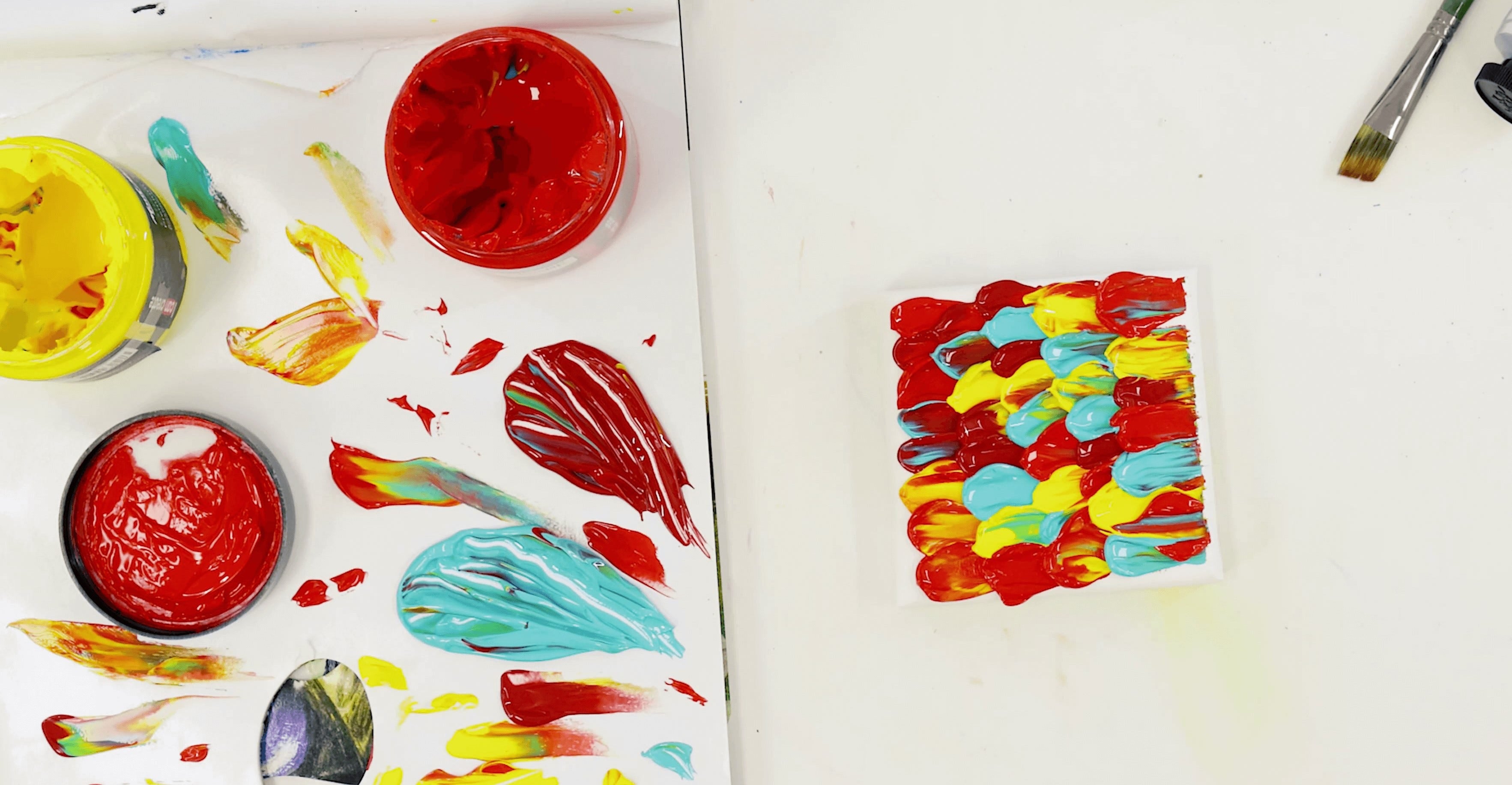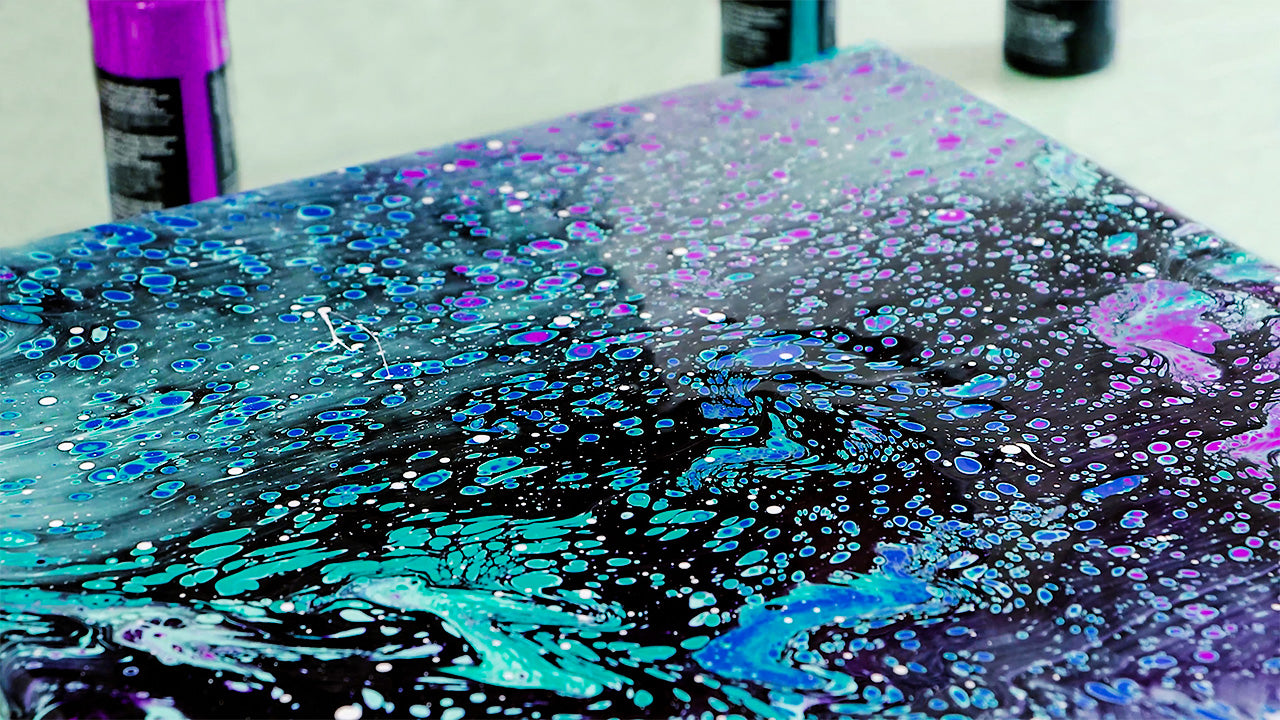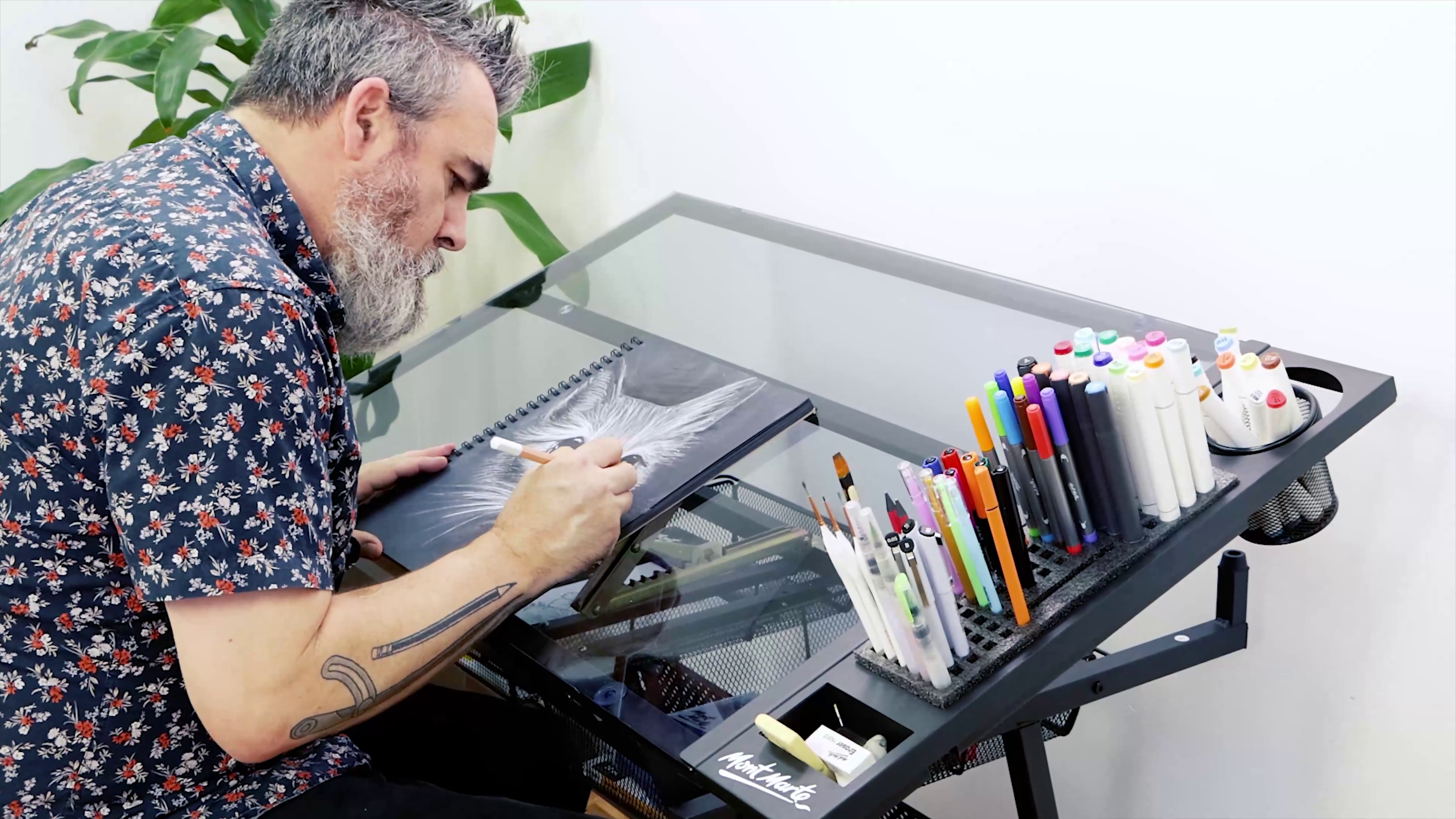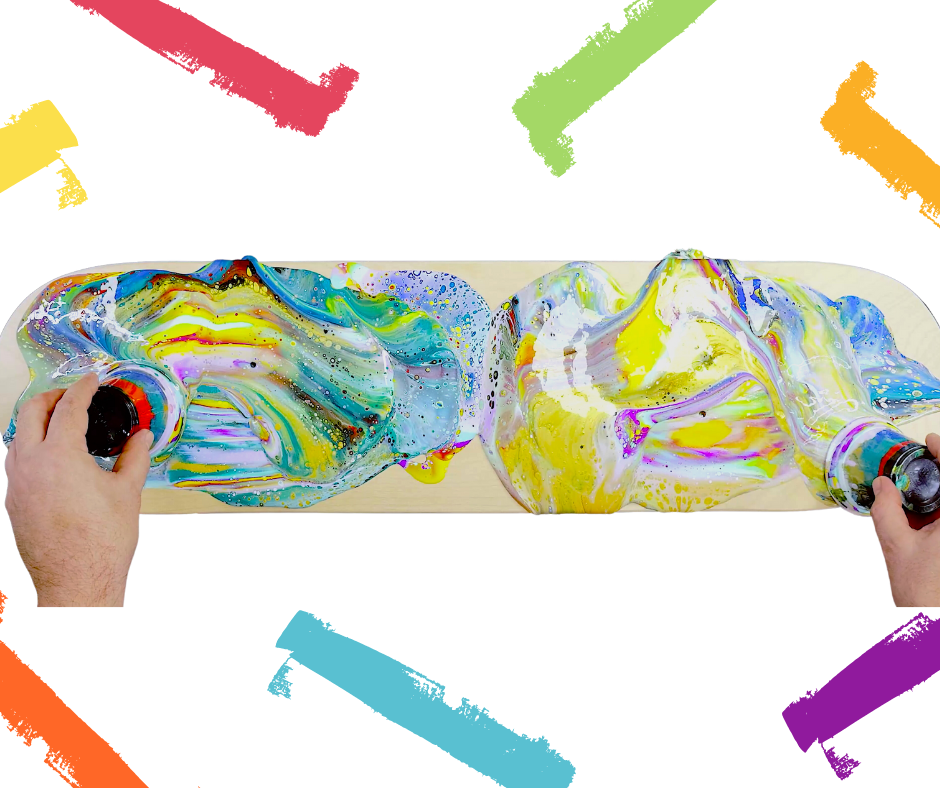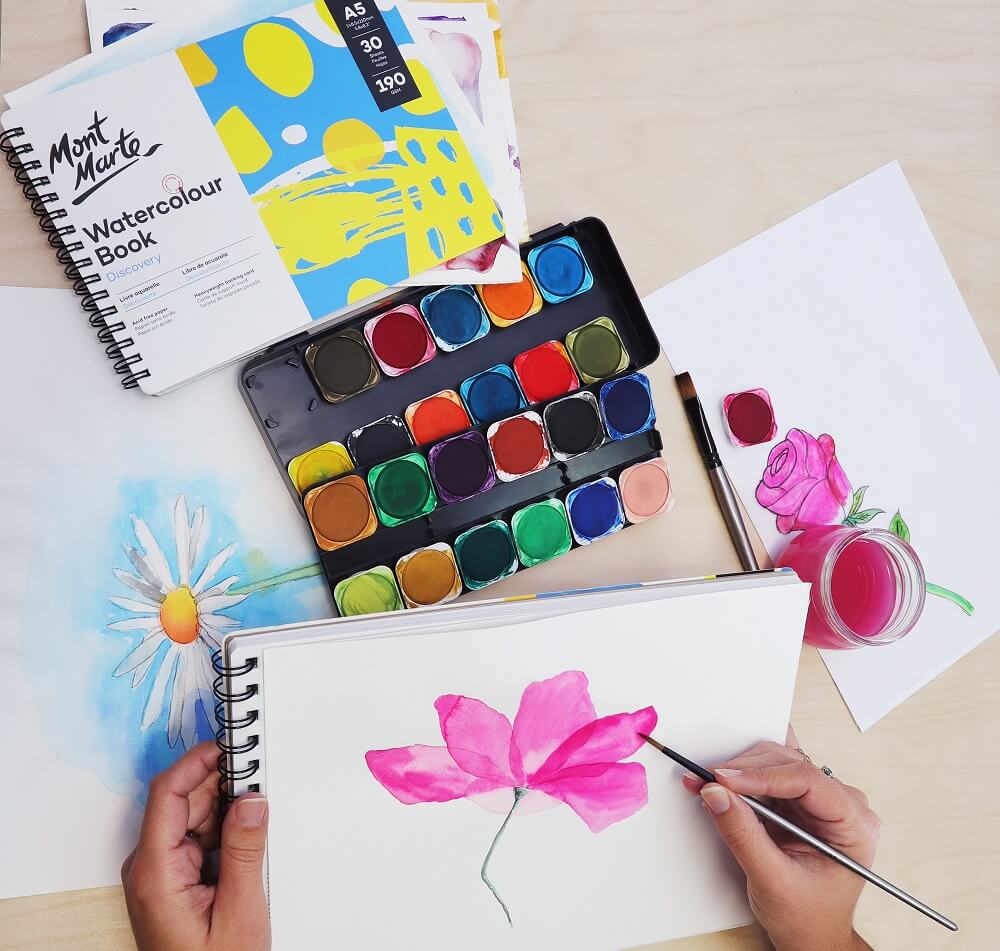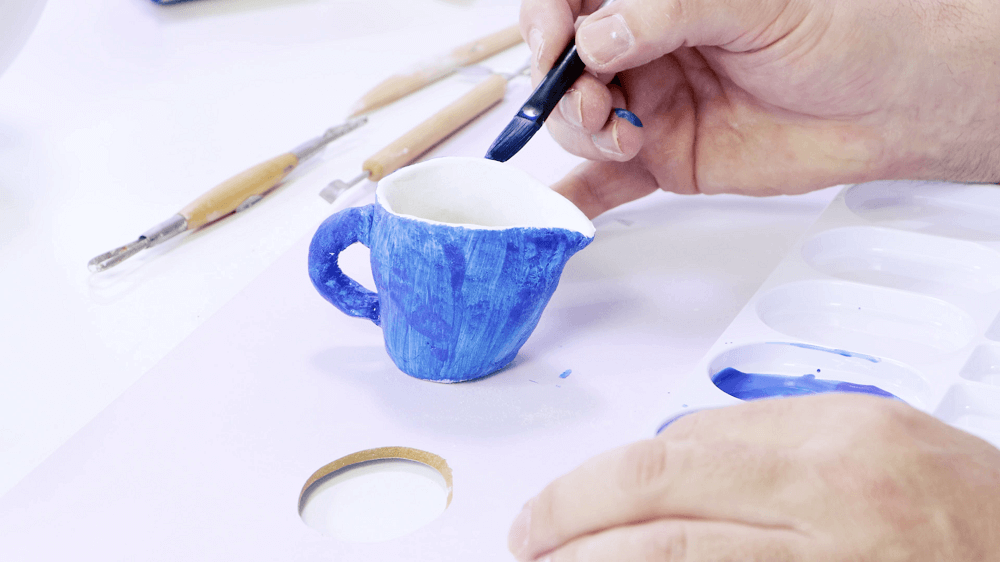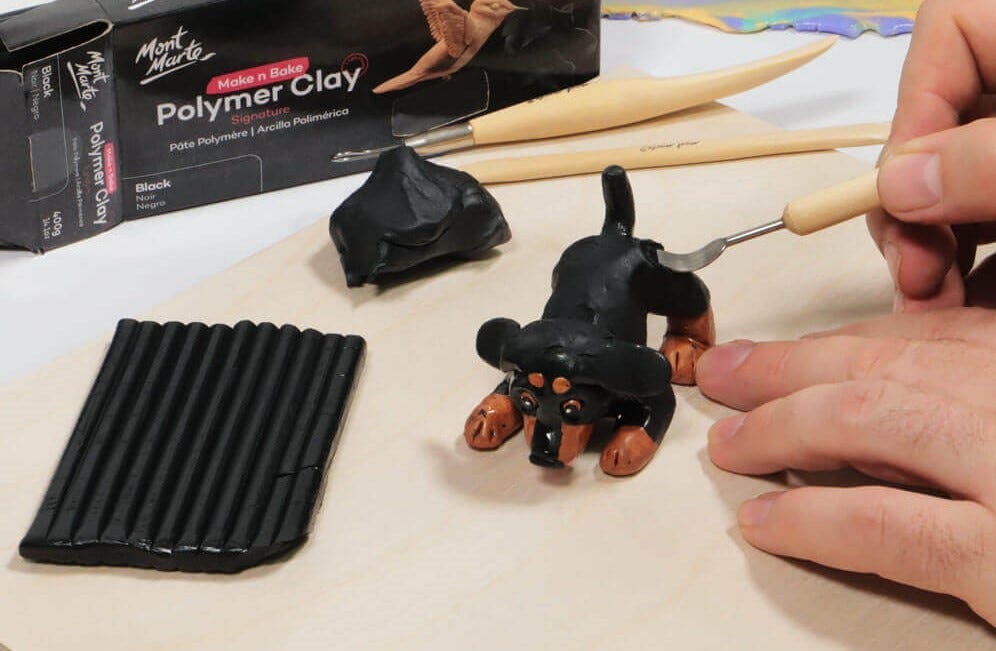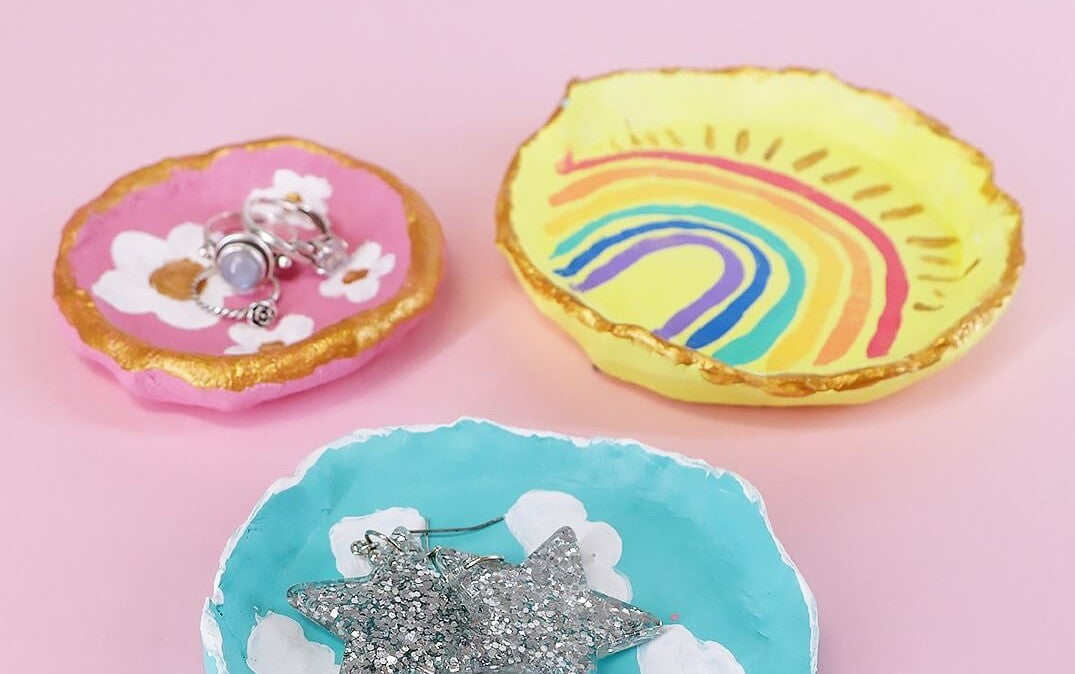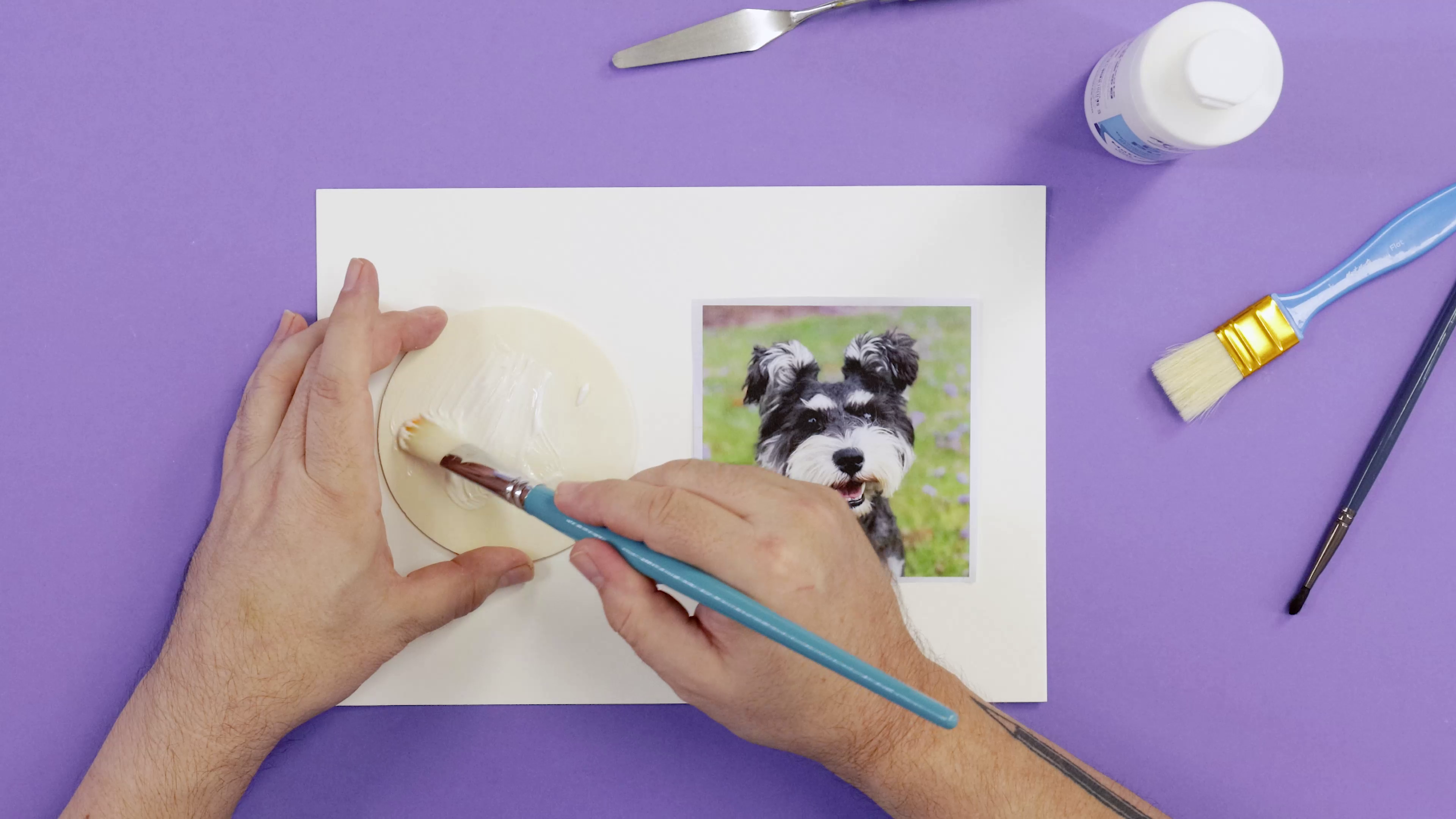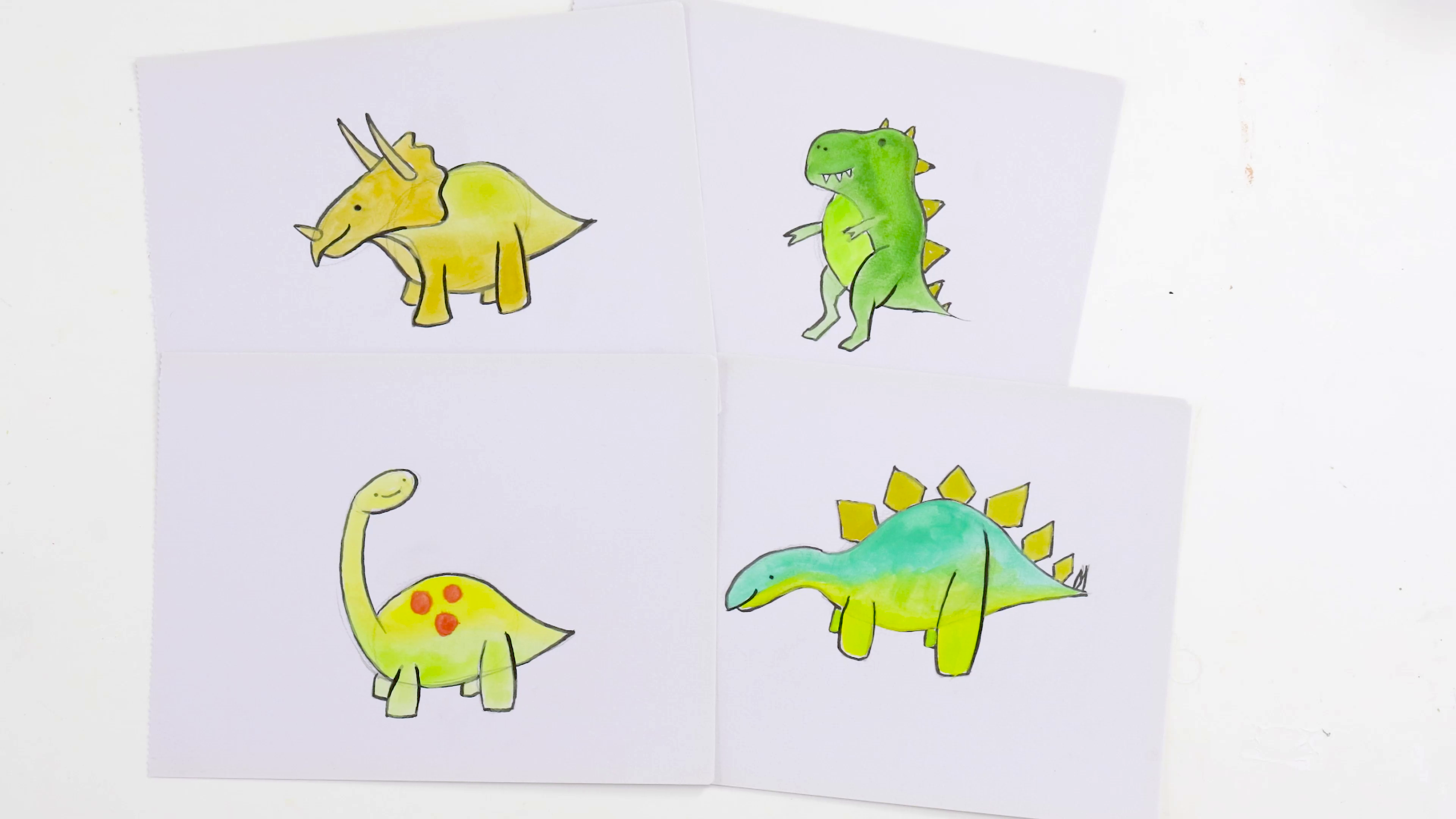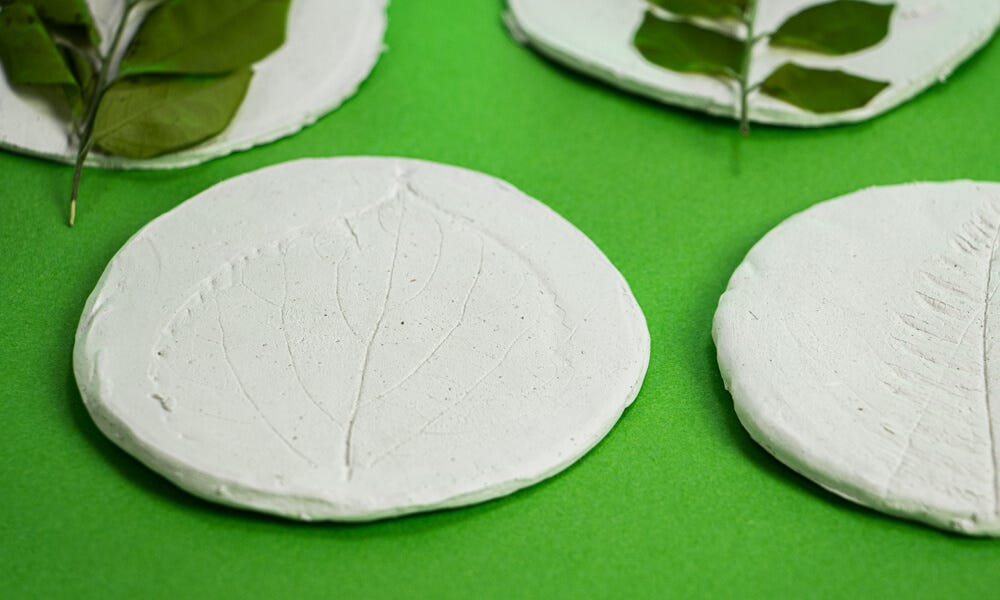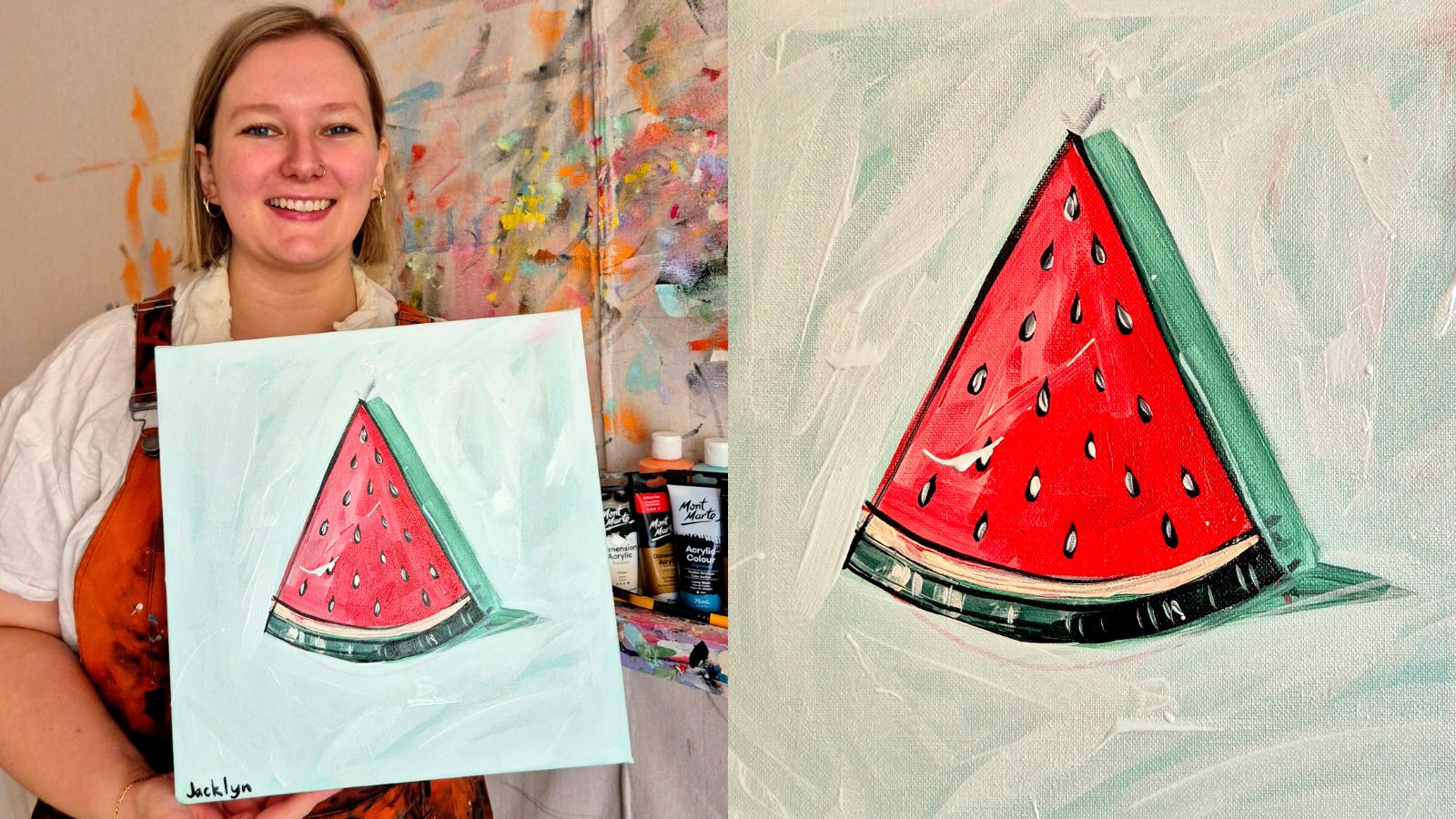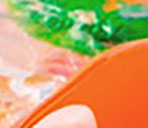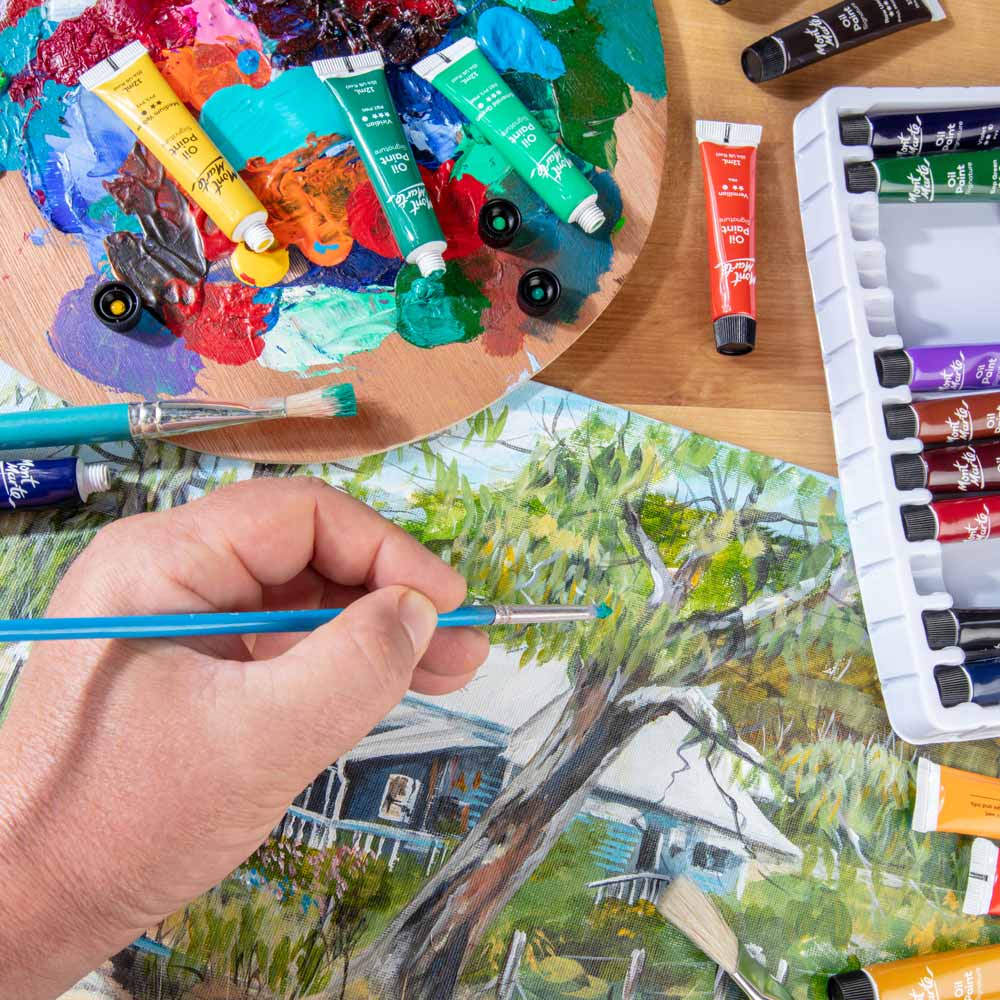Whether you’re new to the subject or just brushing up, we’ve put together some art history facts to get you familiar with the wonderful world of art. There are so many fascinating stories, iconic works, and movements that have shaped the way we see the world today – read on to find out more.
1. Why is the Mona Lisa so famous?
The Mona Lisa wasn't always a global icon! Her fame skyrocketed in 1911 when she was stolen from the Louvre. During the two years she was missing, the media attention made her a household name. Aside from the thrilling heist story, people are drawn to her mysterious smile and the technical brilliance Leonardo da Vinci used to capture her. There's something about the Mona Lisa that keeps us coming back for more, even centuries later.
2. What’s the difference between modern art and contemporary art?

Modern and contemporary art might sound similar, but they cover different periods. Modern art typically refers to works created from the late 19th century to the 1970s—think artists like Picasso and Matisse who broke away from traditional styles. Contemporary art is all about the present, starting in the 1970s and continuing today. This type of art is often experimental and can include everything from installations to digital media, often commenting on current events or social issues.
3. Why is artwork so expensive?
The price of artwork can seem mind-blowing, right? The truth is when pricing art, a mix of factors comes into play. The fame of the artist, cost of materials, rarity of the piece, time required to make it, and its cultural or historical significance all play a role. Some artworks also have a fascinating "provenance" (basically, a fancy word for their ownership history), which can increase their value. Plus, the art market is driven by collectors, galleries, and auctions, where demand for certain artists or styles can send prices skyrocketing.
Art is so special because it comes from the minds of creators and reflects the way they see our world. It’s a unique skill set that takes confidence and inspiration, so we understandably place great value on the results. If you want tips on how to price your art, check out our handy blog!
4. Why is it called Impressionism?

Believe it or not, the name "Impressionism" started off as an insult! A critic saw Claude Monet's painting Impression, Sunrise in 1874 and mocked the loose brushstrokes and unfinished look of the piece. The name stuck, but the artists embraced it, and the movement—focused on capturing light, movement, and everyday scenes—became one of the most beloved in art history.
Explore Impressionism first-hand by trying out a Monet painting at home. We’ve got a video blog that walks you through some of his most-used techniques so you can get started!
5. What’s the difference between Renaissance and Baroque?

Renaissance art (think da Vinci, Michelangelo) is all about balance, harmony, and a return to the classical ideals of beauty and proportion. Baroque art, on the other hand, kicks up the drama! This style, popular in the 17th century, uses strong contrasts of light and shadow (known as chiaroscuro), along with motion and emotion, to create powerful, dynamic scenes. If Renaissance art is calm and composed, Baroque is bold and intense.
6. What is "chiaroscuro" and why is it important?
Chiaroscuro is a fancy Italian word for “light-dark” and refers to the use of strong contrasts between light and shadow to create depth and drama. Artists like Caravaggio mastered this technique during the Baroque period, using it to make their subjects pop off the canvas. It’s a simple but powerful way to add intensity and focus to a piece, making it a staple of classical art.
7. Can anybody be an artist?

Absolutely! In today's world, art is for everyone. While in the past, becoming an artist often required formal training, apprenticeships, and expensive materials, nowadays, there are no barriers to entry with products available to meet all kinds of budgets. There are so many tools and platforms available; anyone can create and share their art from home. Some of the most influential artists were self-taught, proving that creativity and passion matter more than formal qualifications.
Browse through our Create blog space to find loads of art lessons so you can skill-up and get the confidence to share your creativity now!
8. What is "avant-garde" art?

Avant-garde is all about pushing boundaries. The term refers to art that’s experimental, innovative, and ahead of its time. Avant-garde artists typically challenge traditional ideas about what art should be. Movements like Dadaism and Surrealism, for example, are considered avant-garde because they broke away from the norms and encouraged new forms of expression that continue to impact art today.
We hope these answers give you a fun introduction to art history. Whether you’re just dipping your toes into the world of art or exploring its deeper stories, there’s always something new to discover.
If you get creating, #montmarteart or tag us @montmarteart on Instagram or Facebook. We’re excited to see what you create!
For art ideas, explore our Projects and How-tos. If you’re looking for more answers to commonly asked questions, jump into our FAQs collection.
Stay up to date with the latest Mont Marte news, info, products, projects, and more by subscribing to Creative Connection down below. Simply enter your email to get loads of free art lessons and inspo sent straight to your inbox.


